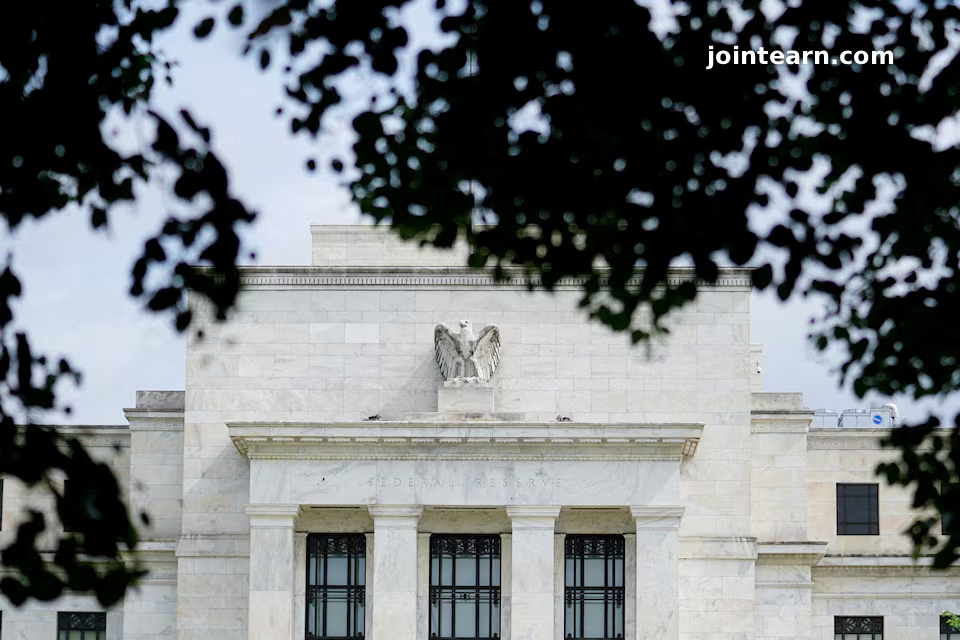
Washington, October 28, 2025 – Concerns over market liquidity and rising short-term interest rates are prompting economists to anticipate the Federal Reserve (Fed) may soon end its quantitative tightening (QT) program, and some analysts even foresee a return to balance sheet expansion in early 2026.
Wall Street expectations have rapidly shifted toward an imminent end to the Fed’s effort to shrink its bond holdings, following an unexpected rise in money market rates and modest but consistent usage of the Fed’s Standing Repo Facility. These indicators suggest that the financial system has absorbed enough liquidity, and further QT could disrupt the federal funds rate – the central bank’s primary tool for managing economic activity.
Fed Policy Outlook
The Federal Open Market Committee (FOMC) is widely expected to cut its benchmark interest rate by 25 basis points to the 3.75%-4.00% range at the conclusion of its two-day policy meeting. Analysts now predict the committee may also formally announce the end of QT, marking a significant shift in the Fed’s balance sheet strategy.
Deutsche Bank strategists noted: “Given recent money market developments, we expect the FOMC to announce an end to QT next week.” However, some officials, including Fed Vice Chair for Supervision Michelle Bowman, may dissent due to preferences for a more aggressive balance sheet drawdown.
Balance Sheet Management and Liquidity Pressures
Since the COVID-19 pandemic, the Fed more than doubled its balance sheet to approximately $9 trillion in 2022 through Treasury and mortgage-backed securities (MBS) purchases. It has since reduced holdings to $6.6 trillion, primarily by allowing bonds to mature rather than actively selling them.
While the Standing Repo Facility was designed to absorb temporary liquidity shortfalls, analysts argue that current market conditions may require temporary open market operations or even renewed purchases of Treasury securities to stabilize money markets.
J.P. Morgan analysts suggested that after ending QT, the Fed may need to conduct temporary interventions immediately and lower the repo borrowing rate to maintain smooth functioning of short-term funding markets. Similarly, Evercore ISI forecasts $35 billion per month in net Treasury purchases starting in the first quarter of 2026 to sustain liquidity and support market stability.
Forward-Looking Considerations
The Fed faces a delicate balance: continuing QT too long could tighten liquidity excessively, while stopping it too soon may fail to prevent short-term market volatility. Deutsche Bank and other analysts expect that future Fed purchases will focus on Treasury bills, while MBS drawdowns proceed at a slower pace due to technical challenges.
Bill Nelson, chief economist at the Bank Policy Institute, highlighted that temporary open market operations could allow the Fed to maintain a smaller balance sheet without destabilizing money markets, particularly around Treasury debt auction settlements, which exert pressure on short-term liquidity.
As policymakers navigate the final stages of QT, the Fed’s actions will be closely watched by global investors, as they have implications for U.S. interest rates, bond yields, and market liquidity, influencing both domestic and international financial markets.
Leave a Reply